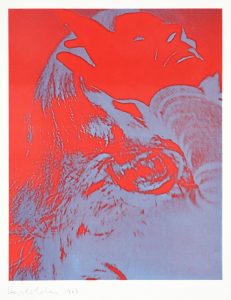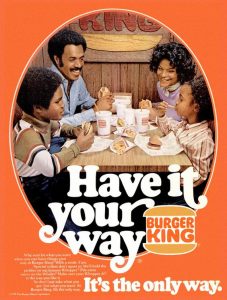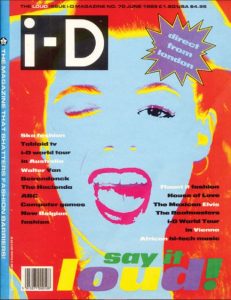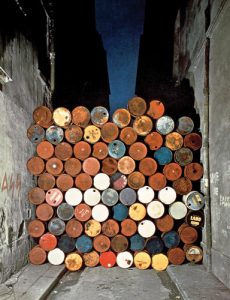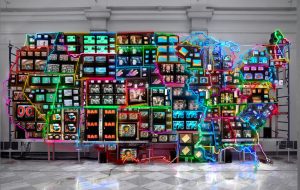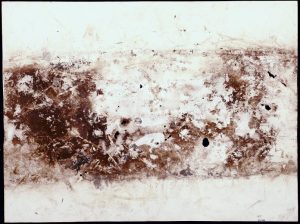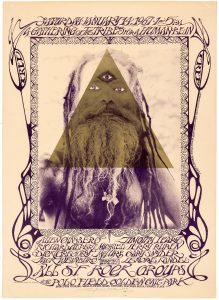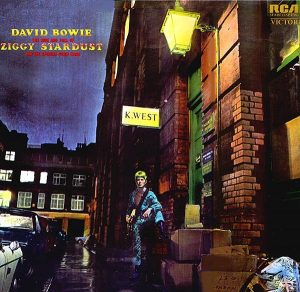These Research and Communications Skills lectures have definitely given me more of an insight into art history throughout the years and how art has developed.
The task that I found the most interesting was the one on counterculture in the 60s and 70s, as I found it fascinating how art seemed more free and how things were so different now than they were now. For example, I looked at a piece by Harold Cohen which showed a psychedelic-style lithograph of a person. In one sense, this seems so different to contemporary art because it seems like such a simple idea, and art has now expanded into much more than just simple lithographs with two colours. I found out that the psychedielia movement was inspired by the effects of drugs such as LSD, and art that was a part of this movement was supposed to replicate the feeling of taking those drugs. I like the idea of this because it took something taboo and got created into an art movement which made some amazing pieces and made artists at the time think outside the box.As for the lectures, I think the one I learned the most from was the ‘Avant Garde’ presentation, as we looked at all the Avant Garde art movements such as abstract, surrealism and suprematism etc. I learnt all about the different art movements and what happened within them, and I now feel much more confident in knowing what they mean and how they changed and challenged the boundaries of art and design.
I also liked the lecture ‘Notes from the Underground’, as I enjoy learning about the 60s and 70s and their aesthetics. This lecture taught me about more art movements such as retro, counterculture and psychedelia, which I found interesting and useful, as it helped with my task for that week.
I will make sure to use some of the things I’ve found out in my contextual research as a way to dig deeper into meanings and analysis. I can use annotations to point out particular elements that interest me and expand on them more, as well as mentioning why those elements work or don’t work and whether they’re good or bad in achieving the effect the designers set out for.
In the future, I will try to bring in elements of different pieces of work that I’ve looked at, such as colour, type of line or style/aesthetic. I think this could help me in my artwork by giving myself a different style to work with and broaden my horizons with. Experimenting with these different techniques will be a good idea, as I may find a style I’m more comfortable using or one that I like better.
In conclusion, the things that I have learnt in Research and Communications Skills are useful in that I accumulated knowledge of a lot of the different movements and Art and Design throughout the years, and I will be able to apply these techniques to my work in studio practice.
Image: [no title], Cohen, H., 1968 [online] available from: http://www.tate.org.uk/art/artworks/cohen-no-title-p02291 [accessed: 6 December 2017]

